General Info – summary
This deciduous spineless and monoecious Tree has a smooth, light brown trunk, a spreading crown & may reach 20m+ high. Watery sap is present. Simple elliptic alternate Leaves with a 3-veined, asymmetric base and short-lived stipules. Greenish regular Flowers lack petals. Male: 4-5 stamens. Females have a sessile 1-locular ovary + staminodes. Small orange/red Fruit is a drupe and small seeds lack endosperm.
Description
Celtis mildbraedii
Previous Names: Celtis franksiae, Celtis soyauxii, Celtis usambarensis.
SA Tree No. 41.
Common names: (Afr) Natalse Witstinkhout, Rooivrug-witstinkhout. (Eng) Natal Elm, Natal White Stinkwood, Red-fruit White Stinkwood, Red-fruited White Stinkwood. (isiZulu) Uzinhla, Uzinhlu. (siSwati) Uzinhlu.
Family: Cannabaceae (previously Ulmaceae – elm family). Cannabaceae includes approximately 11 genera including Cannabis (an erect non-indigenous herb) and Humulus (hops a climbing plant – not indigenous). There are about 200 species. Local genera include Celtis and Trema. All have Leaves with stipules (basal appendage of the petiole). Plants are often dioecious (having male and female parts on separate plants). Male inflorescences are larger. The small Flowers in cymes are actinomorphic (regular, symmetrical), have a reduced calyx (sepals), lack a corolla (petals) and are wind pollinated. Number of stamens varies. Two connate carpels are present in the Pistil and here the unilocular Ovary is usually superior. Fruit is an Achene or Drupe. Worldwide there are about 65 Celtis species. In Southern Africa, there are 3 indigenous species of Celtis. These are C. africana, C gomphophylla and C. mildbraedii.
Name derivation: Celtis used by Pliny the Elder; (23 AD–79 AD). It is also Greek name for the Laurel tree. mildbraedii – named after Prof Gottfried Wilhelm Johannes Mildbraed (1879-1954), a German botanist and collector who explored extensively in Central and West Africa.
Conservation: National Status: L C. (Least Concern). 2018 (L. von Staden). This was originally considered a rare tree in South Africa, but more trees have been found.
Tree
This spineless Tree with its spreading Crown and watery sap may reach 30m high. Low Branches tend to droop and fall early. The light brown, fairly smooth Bark often flakes revealing concentric circles. Buttresses are present in large trees. Young branches are finely hairy, long, whip-like and have lightish Lenticels (usually raised corky elongated areas on the plant that allows the uncontrolled interchange of gases with the environment – photo 667). A Leaf Scar is visible on this photo. The light brown Trunk is smooth with flaking discs and may be fluted. Buttresses may be present in large trees.
- 667 2014.09.13 Lowveld NBG. Photo: David Becking.
Leaves
This deciduous tree has stiff, shiny, simple Leaves that are alternatively arranged in 2 opposite vertical rows. Leaves are elliptic (oval in outline). The hairless leaf may reach 16 x 5cm and is distinctly 3-veined from the base. The Midrib (the main rib of a leaf or leaf-like part, a continuation of the petiole) is sunken below and protrudes above (photo 668). Two of these veins, on either side of the midrib extend about one third up the leaf (photo 699). 3-6 pairs of lateral veins are present. Net veining is more visible if the leaf is held against a strong light. The Base is slightly asymmetric and rounded or broadly tapering (photo 669). The Apex is reduced and pointed (photo 668). The wavy Margin may be entire, completely toothed or have the teeth limited to the outer half (photo 668). The Petiole (leaf stalk) is short – up to 9mm long. Stipules (basal appendages of the petiole) are lanceolate and short-lived. (Aug-Apr).
- 668 2014/09/13 Lowveld NBG. Photo: David Becking.
- 669 2014/09/13 Lowveld NBG. Photo: David Becking.
Flowers
The one too many inconspicuously greenish Flowers are small and have short Pedicels (stalks of single flowers) and are actinomorphic (Regular, symmetrical. Flowers are vertically divisible into similar halves by more than 1 plane passing through the axis). The tree is monoecious (having both male and female reproductive organs on the same plant) and unisexual or occasionally bisexual. Flowers occur on the branches of the current year. They occur singly or grouped together and are axillary (in the upper angle between a lateral organ, such as a leaf, and the stem that bears it). In the more numerous Male Flowers, the Perianth (a collective term for the calyx and corolla) has 4-5 lobes and lacks petals. Stamens are incurved only in the bud and there are 4-5 filaments arising from a hairy receptacle (is that expanded tip of the flower stalk from which the floral parts develop). The ovate Anthers are dorsifixed (attached by or at the back) and extrorse (turned outwards) and exserted (sticking out) after anthesis (the period or act of expansion in flowers, especially the maturing of the stamens). Here the Ovary is inferior or absent. The Female Flower is axillary and rudimentary Staminodes (sterile stamens) are usually present. There is a single Pistil (a unit of the Gynoecium, the female element of the flower, composed of the Ovary, Style and Stigma) and the superior, sessile Ovary has a single locule containing one Ovule. The short Style has two elongated lobes. (Sep-Oct).
Fruit
The fleshy, hairless, ovoid-ellipsoid Fruit is a small Drupe (1-seeded indehiscent fruit with the seed enclosed in a stony endocarp; stone fruit e.g., peach). The ripe, 4-ribbed fruit is distinctively red/orange and up to 11 x 6mm. It is tipped with the remains of the persistent style. The fleshy fruit remains on the tree until after the leaves have fallen. The small Seeds lack endosperm (the starch and oil-containing tissue of many seeds; often referred to as the albumen). (Sep+).
Distribution & Ecology
These trees are able to grow in low light in coastal and lowland in isolated patches of sand forests. They may occur in widely scattered coastal and scarp (a steep slope in the land that cuts across the underlying strata) forests up to an altitude of 1 000m. Natural localities include KwaZulu-Natal e.g., Pigeon Valley (a natural heritage park in Durban with a high level of biodiversity which was established to provide protection for the about 40 Celtis mildbraedii. Pigeon Valley has 110 different species of mainly indigenous trees). The most southern location of the tree occurs in a 20ha Ilanda wilds nature reserve at Amanzimtoti. These trees also occur in Swaziland, central Mozambique, Zimbabwe (in Chirinda forest – in the Eastern Highlands on the slopes of Mount Selinda) and as far north as Sudan. They are widespread through Africa and Madagascar. Birds including hornbills as well as primates eat the Fruit. Thick-billed weavers fragment the Seeds enabling them to eat the inside softer kernels. The tree is the forest-nesting site for the Black Sparrowhawk (Accipiter melanoleucus).
Ethnobotany
The Wood is used for house building and heavy construction. It is suitable as a slow burning fuel. The Heartwood is white to pale yellow, has a medium density and works reasonably well in machine tools but is difficult to nail or screw. Treat the wood to prevent attacks by blue-stain fungus and borers. Seeds are small and germination takes up to 4 weeks. Unfortunately, viable seeds are hard to find. The Bark has analgesic (acts to relieve pain) properties. This plant survives in low light and does well indoors.
References
Boon, R. 2010. Pooley’s Trees of eastern South Africa. Flora and Fauna Publications Trust, Durban.
Burrows, J.E., Burrows, S.M., Lotter, M.C. & Schmidt, E. 2018. Trees and Shrubs Mozambique. Publishing Print Matters (Pty) Ltd. Noordhoek, Cape Town.
Coates Palgrave, M. 2002. Keith Coates Palgrave Trees of Southern Africa, edn 3. Struik, Cape Town.
Ginn, P.J. McIlleron, W.G. Milstein, S. 1989. The Complete Book of Southern African Birds. Struik Publishers (PTY) LTD. Third impression 1991.
Lawrence, G. H. M, 1951. Taxonomy of Vascular Plants, The Macmillan Company, New York. Tenth Printing 1965.
Palmer, E. & Pitman, N. 1972. Trees of southern Africa, Balkema, Amsterdam, Cape Town.
von Staden, L. 2018. Celtis mildbraedii Engl. National Assessment: Red List of South African Plants version 2020.1. Accessed on 2023/01/04.
https://www.facebook.com/FriendsOfPigeonValley?fref=ts
http://prota4u.org/protav8.asp?g=psk&p=Celtis+mildbraedii+Engl.
http://www.biodiversityexplorer.org/plants/cannabaceae/celtis_mildbraedii.htm
http://www.zimbabweflora.co.zw/speciesdata/species.php?species_id=120080
https://en.wikipedia.org/wiki/Celtis_mildbraedii
http://posa.sanbi.org/flora/browse.php?src=SP
https://en.wikipedia.org/wiki/Black_sparrowhawk

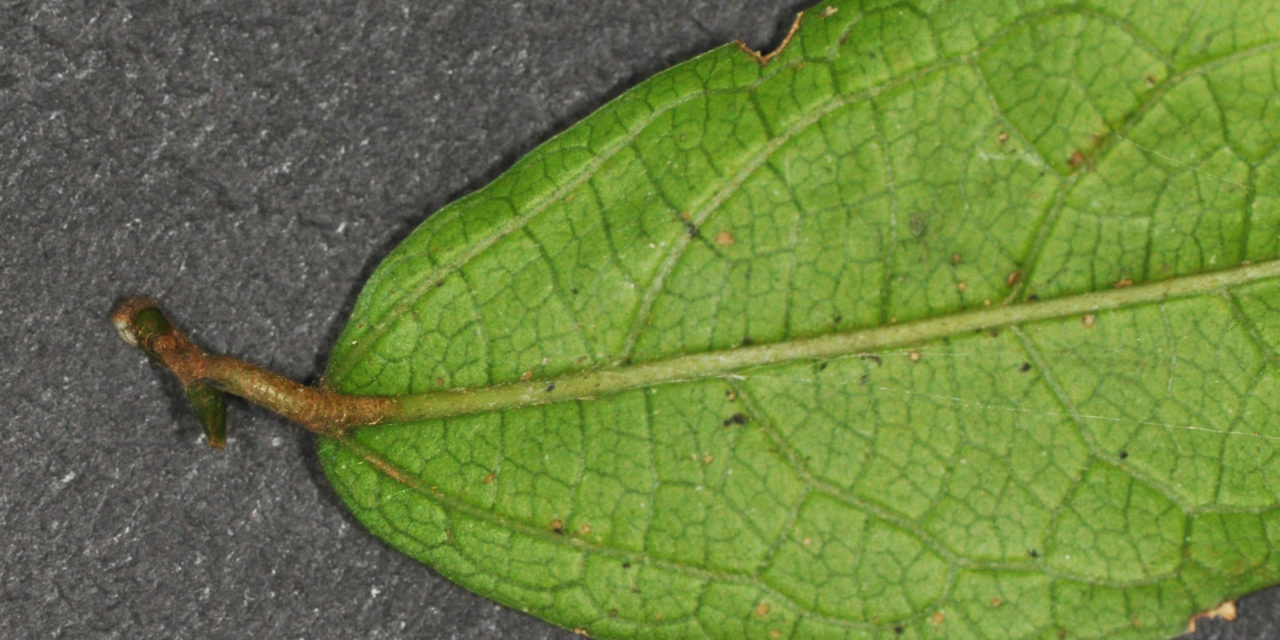
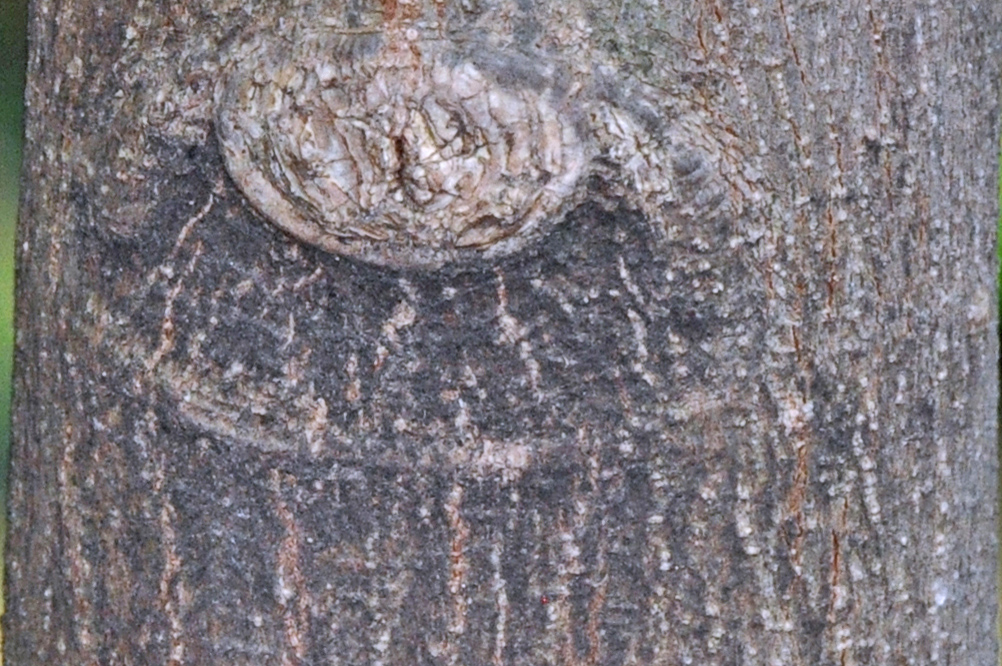
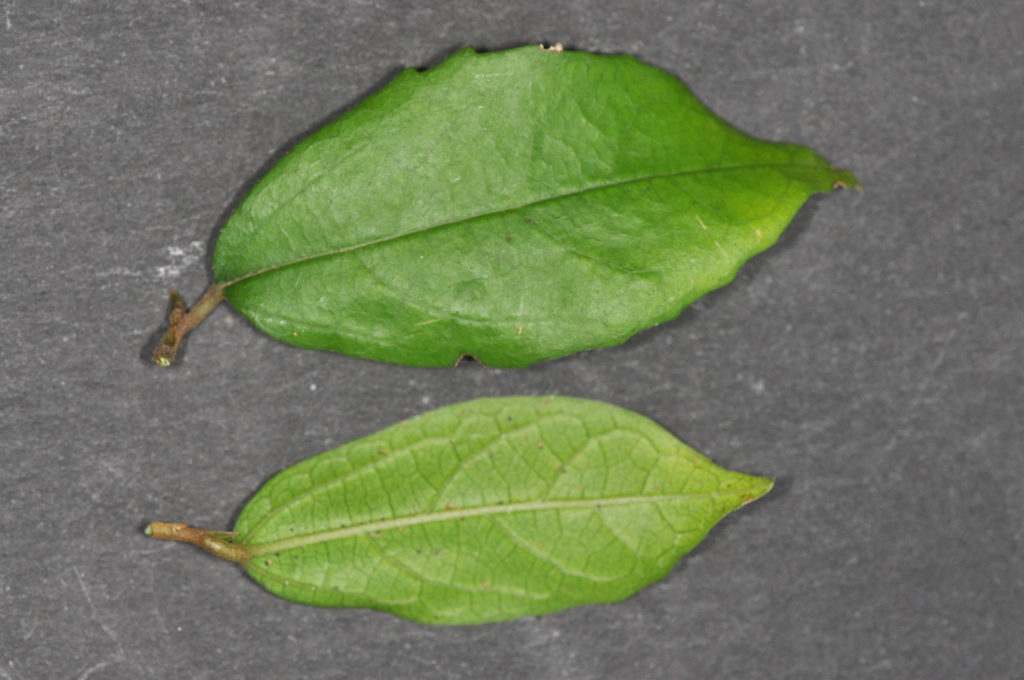
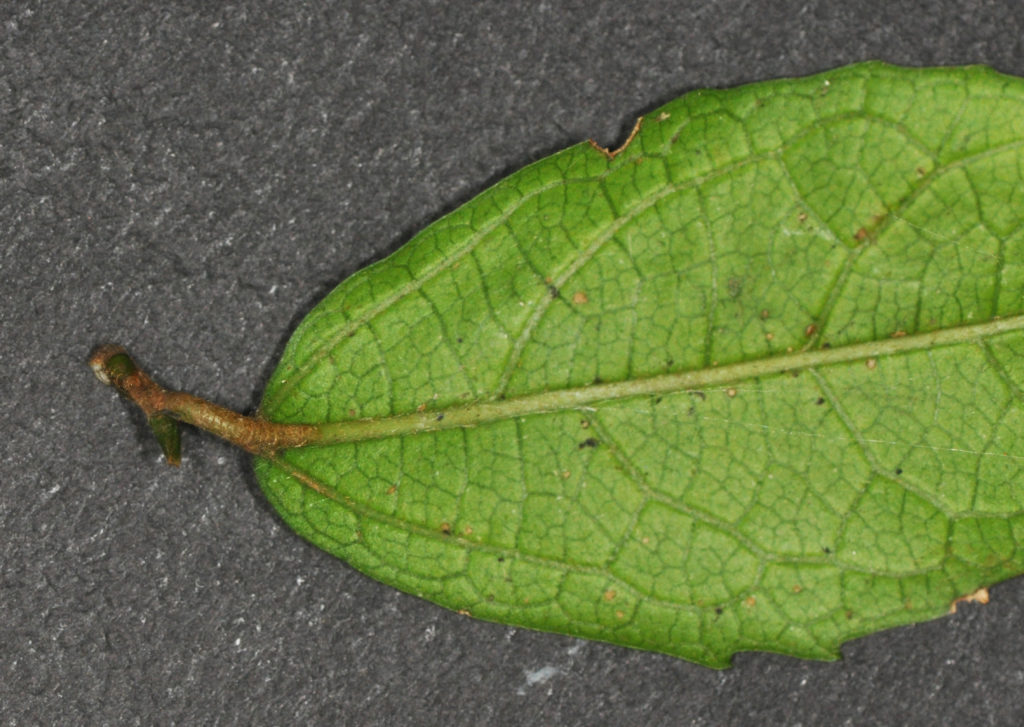
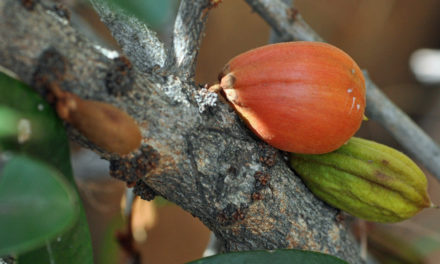

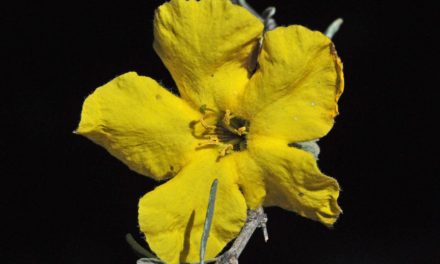
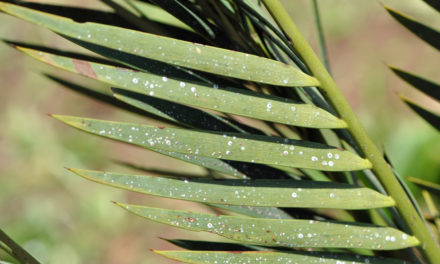
Good day
Thanks for info. I have a specimen in my garded in Pietermaritzburg. Tall and healthy, it’s not decuduous and also has not bor seeds, as far as I know.